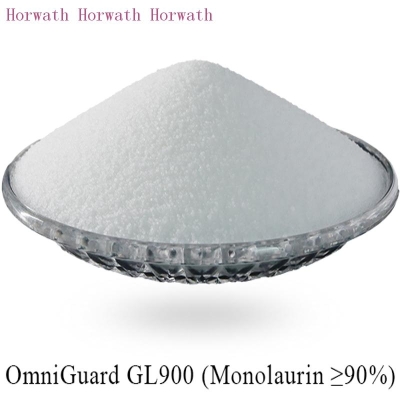Us September soybean trend report shows that soybean production will be higher than expected
-
Last Update: 2001-09-11
-
Source: Internet
-
Author: User
Search more information of high quality chemicals, good prices and reliable suppliers, visit
www.echemi.com
Introduction: Bill Tierney, guest agricultural economist, Kansas State University At this exciting time, the U.S Department of agriculture is preparing a report in September Several companies have published their soybean production forecasts, but there is no comprehensive analysis of these industry analysts' expectations Among these companies' soybean production forecasts, the published and previously published forecasts show that the fluctuation range of total soybean production should be Between 2.715 billion and 2.865 billion bushels, the average market forecast should be 2.78 billion bushels If this average estimate is correct, the total soybean production in 2001 / 02 in the United States will fall by 3.0% (compared with the figure published in the August report of the United States Department of Agriculture) More than expected From 1980 to 2000, according to statistics, the probability that the soybean output value published in September's soybean report is equal to or higher than the resource forecast of related industries is 62% (see the table below for details) The highest time when the September report reported that the total soybean production exceeded the market expectation was in 1995, when the total soybean production reported by the U.S Department of agriculture in September was about 5.3% higher than the market industry expected In September, the U.S Department of Agriculture reported that the lowest level of soybean production was lower than the market industry's forecast value, which was about 1.9% lower than the market industry's forecast value According to the average level, the September report of the U.S Department of Agriculture announced that the total soybean production should basically be 0.9% higher than the forecast of the market industry, while in the past few years, the probability of two-thirds is that the September report of the U.S Department of Agriculture announced that the total soybean production was higher or lower than the forecast of the market industry within 1.4% This proportion is also lower than the market expectation, which means 40 million bushels of fluctuation in 2001 In the past few years, only two years, the ratio of soybean output reported by the U.S Department of agriculture in September exceeds the average output predicted by the market people by more than 3% (high or low) [1988: + 3.7% and 1995: + 5.3%] The report and price are not necessarily linked Assuming that the soybean output report published in September is higher than the analysis of market insiders, as a market investor, he may expect that with the week after the report is published, the soybean price will fall in November, and the period price will indeed fall in 57% period (from 1980 to 2000) In those years when prices fell, the average price fell by 3.4% (at this rate of about $ 16 / bushel in 2001) But in the week after the report was released, there was no correlation between the soybean price change in November and the price change after the first day of the report For now, there is no statistically significant correlation between the deviation from September's output report (relative expectations) and the change in soybean prices in November the week after the report was released Other factors affecting the reported deviation from expectations are still under study These other factors include: (1) the production forecast system itself; (2) the change of September forecast relative to August forecast percentage; (3) the change of USDA's soybean stock utilization ratio forecast target The lack of statistical significance of these variables and price changes suggests that soybean prices are more affected by current crop growth than other factors (even exceeding the output forecast in September), or by the new development of demand related factors, especially export sales and South American soybean planting intention Brazil's soybean planting area will grow by 10% or more in 2001 / 02, according to a local market time communication in South America As of August 30, U.S soybean sales for the new year (plus additional sales for 2001 / 02) totaled 197 million bushels, slightly lower than the 199 million bushels for the same period last year This year's sales account for 20% of USDA's export target of 995 million bushels, which is lower than the 26 year average of 22% The harvest pressure may lead to the period price falling If exports are expected to the above, excluding the unexpected positive reported in September, the harvest pressure will drive the November period price down On average, 50% of American soybeans have been harvested since 1974 and by October 10 On the chart, there is a gap in the range of $5.45 - $5.55 of November contract In the next 4-8 weeks, the market is likely to make up the gap under harvest pressure.
This article is an English version of an article which is originally in the Chinese language on echemi.com and is provided for information purposes only.
This website makes no representation or warranty of any kind, either expressed or implied, as to the accuracy, completeness ownership or reliability of
the article or any translations thereof. If you have any concerns or complaints relating to the article, please send an email, providing a detailed
description of the concern or complaint, to
service@echemi.com. A staff member will contact you within 5 working days. Once verified, infringing content
will be removed immediately.







